By Barney Wee, PhD
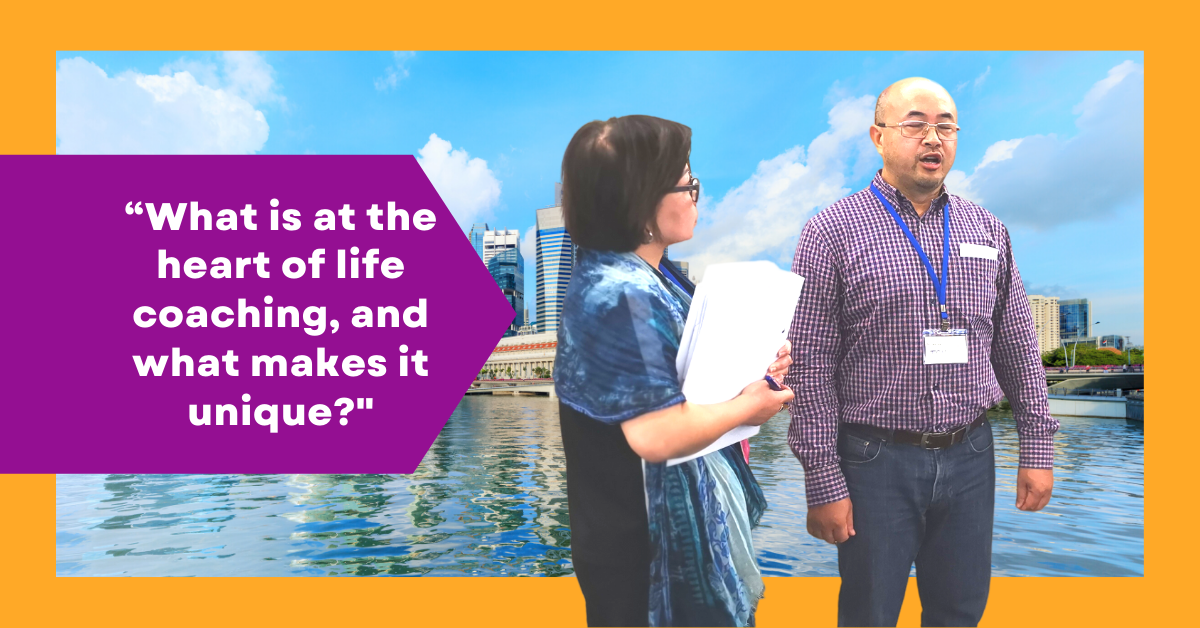
The Roots of Life Coaching.
It can be said that all the different types of coaching come from sports coaching. Coaching emerged in the 60s and gained more awareness in the 70s. The search for the pioneers of life coaching traces back to Timothy Gallwey, who wrote the book, “The Inner Game of Tennis” (1974). Basically, he talked about turning the inner critic (voice) into an ally. His strategy of managing our inner critic (self-talk linked to beliefs) was later generalized to golfing, piano performance and work performance. Sir John Whitmore—who developed the world famous G.R.O.W. model—said that Gallwey was the first person to create a coaching approach that can be applied to many different contexts.
From the onset, coaching has a strong emphasis on managing one’s “inner game” which deals with our beliefs and concomitantly—mindset.
Werner Erhard has been credited as a major contributor to life coaching by the many senior professional coaches (aged 50s—60s), according to Vickki Brock, PhD. She did a major grounded theory dissertation on the roots of coaching in 2012.
Erhard was influenced by Napoleon Hill’s “Think and Grown Rich” (1937) and Maxwell Maltz’s “Psycho-Cybernetics” (1960). He was inspired by the ideas of Abraham Maslow and Carl Rogers, both key figures in the Human Potential Movement in the 60s. It has been acknowledged by many academics today that Maslow is the father of Positive Psychology—an academic discipline coined by Martin Seligman. Erhard was greatly shaped by Zen, which helped him to deeply appreciate the distinction between “mind and self.”

His self-taught knowledge and taking of personal development courses such as “Dale Carnegie,” “Mind Dynamics” and “Enlightenment Intensives” led him to run his own Erhard Seminars and Training (EST) in 1971 at the Esalen Institute. The Esalen became the training hub for many seminal figures such as Aldous Huxley, Fritz Perls, Gregory Bateson, Virginia Satir, Carl Rogers, Linus Pauling, B.F. Skinner and many more.
In 1991, Erhard’s training methodology became the intellectual property of Forum Landmark—a training entity his employees created. It runs experiential and transformational personal development programs worldwide up till today (2021).
In 1987, Erhard hosted a televised broadcast with sports coaches Tim Gallwey, John Wooden, Red Auerbach and George Allen to discuss the principles of coaching across all disciplines. Gallwey was actually Erhard’s tennis coach for a period. This discussion led to the publishing of the article “Coaching and the art of management” in 1989.
Thomas Leonard was another person credited for his major contribution to the proliferation of life coaching. In the 80s, Leonard was working in Werner Erhard Associates’ accounting department. Though Leonard was a financial advisor, he often encountered people craving for advice about their lives. He started giving people “life advice” drawing first from the knowledge of Erhard’s programs. Leonard was good at drawing knowledge from different fields (e.g. business, psychology, personal development etc.) and combining them in new and useful ways for coaching.
Leonard was said to be the first to codify the coaching process and made it teachable. He was the one who started Coach University (first school for professional life coaching) in 1992 and then the International Coaching Federation in 1994. It can be said that Erhard popularized self-development, and Leonard globalized life coaching. They were both great synthesizers of knowledge and producers of practitioners.
Leonard sees coaching foremost as a very “personal process,” that is—focusing on the “person within.” His perspective was supported in the Harvard Business Review (2009) which studied 140 leading executive coaches. This study revealed that though only three percent of coaches were hired by companies to address the personal issues of executives, 75% of the coaches stated that they assisted executives with personal issues. In other words, though coaches are hired to do executive coaching, a significant portion of the coaching work extends beyond the work context.
Coaching Resembles Consultative Professions.
Coaching has some resemblance to several consultative professions such as consulting, therapy, and counselling. According to O’Connor and Lages (2007), there are 3 broad types of consultations:

- The Expert Model: you buy an expertise/solution; you are not involved in the development and delivery of the solution. For instance, you hire an interior designer; you are not responsible for the quality of work and you are not involved in the work itself. This is akin to consulting.
- The Medical Model: you have a limited responsibility in the consultation process. e.g. you visit a doctor, he diagnoses your problem and tells you what you need to do. You have a share of the responsibility in that you would need to take the prescriptions and follow the instructions from the doctor. This is akin to therapy and counselling.
- The Process Consultation Model: you are working with the professional; you have complete responsibility and involvement in the consultation process. The professional helps you to see the problems, and co-create an appropriate plan that you can execute, learn from it, and improve. This is akin to coaching.
Essential Elements of Life Coaching.
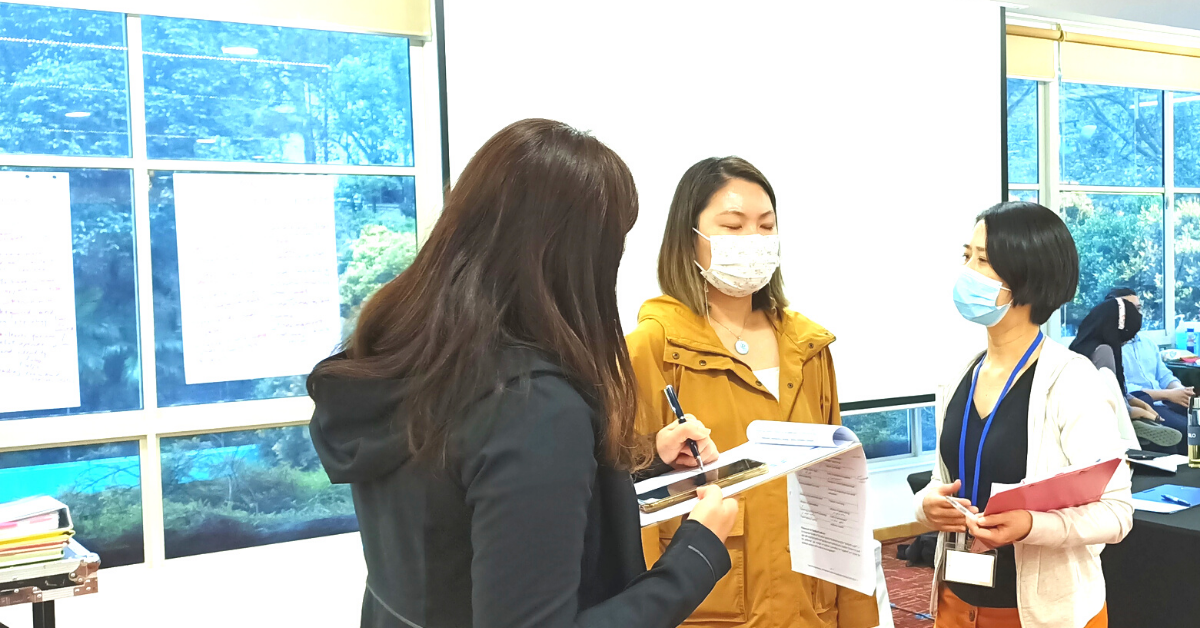
Let us backtrack and crystallize what we’ve discussed so far:
A) The concept of winning the inner game in life coaching came from sports coaching.
B) A significant portion of life coaching principles and processes came from personal development, business management and psychology.
C) From the outset, life coaching rests on the foundations of positive psychology, that is—focused on the normal population, making the best of our present resources, and strengthening our future.
D) Though there are many types of coaching (e.g. Executive, Leadership, Relationship, Health, Wealth etc.). The heart of coaching focuses on the “person within” and “winning the inner game.”
E) Coaching matches the “process consultation model” where clients are highly engaged in the consultation and development of solutions, and they have a high sense of ownership of their problems and solutions.
Meta-Analytic Study on the Definition of Life Coaching.
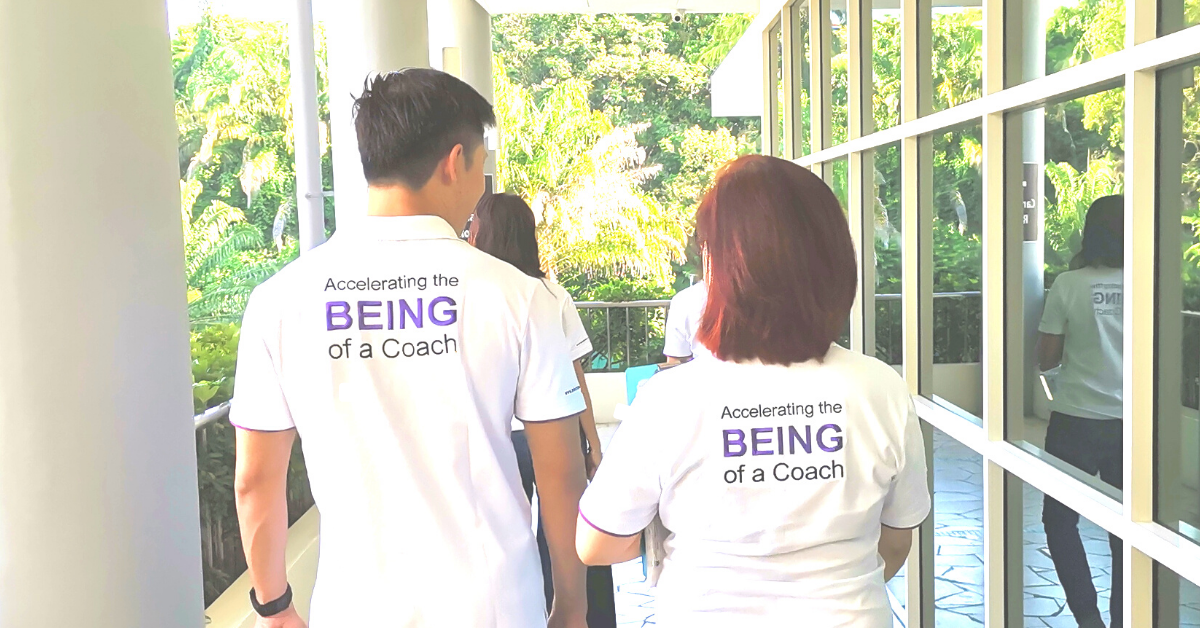
From Joanna Jarosz’s meta-analytic study (2016), she objectively characterized what life coaching is by capturing the nature of the industry as concisely as she could. Below are excerpts of her study:
A life coach takes on a role of a “thought partner” rather than an expert (Newnham-Kanas, Irwin and Morrow, D. 2011a), does not give advice and trusts that the clients are capable of generating their own solutions (ICF, 2015a). Life coaches do not perceive their clients as though they need to be “fixed” – instead, they focus on the future outcomes rather than past issues (ICF, 2015a).
According to Grant (2003, p.254) for example: “Life coaching can be broadly defined as a collaborative solution-focused, result-orientated and systematic process in which the coach facilitates the enhancement of life experience and goal attainment in the personal and/or professional life of normal, non-clinical clients.”
Hudson (1999, p.6) describes a life coach as: [A] person who facilitates experiential learning that results in future-oriented abilities. [A coach] refers to a person who is a trusted role model, adviser, wise person, friend, mensch, steward, or guide – a person who works with emerging human and organizational forces to tap new energy and purpose, to shape new vision and plans, and to generate desired results. A coach is someone trained in and devoted to guiding others into increased competence, commitment, and confidence.
ICF (2015a) defines life coaching as “partnering with clients in a thought-provoking and creative process that inspires them to maximize their personal and professional potential.”
From the excerpts above (and many more), Jarosz distilled her definition:
“Life coaching is a long-term efficient relationship that allows clients to maximize their potential.”

Efficiency is a measurable concept (determined by the ratio of output to input), the author suggests that “efficient relationship” can be analyzed in terms of “input” and “output” of a coaching relationship. Clients can achieve the highest output when they have a clearly identified life purpose (output to achieve), are provided with the right tools and support system (strategies to achieve the output) and – while living deep in the moment – are oriented towards the future (not the past).
Another aspect of efficiency is the way life coaching accelerates the process of higher performance, which shortens the time needed to achieve the desired outcome. Clients focus better and produce results more quickly. Creating multiple strategies to achieve what clients want in their lives significantly increases the probability of success.
Similarly “maximize the client’s potential” captures the following: “clients act boldly in the present”, “unlocking a person’s potential”, “unlocking the client’s own brilliance“, “clients do more than they would have done on their own”, “clients set better goals”, “increased competence, commitment, and confidence”, “people making important changes in their lives”, “development of effectiveness and self-generation”, “well-being, personal growth”, “improve the quality of life”, “involve ALL aspects of their lives”, “experiential learning”, “enhancement of life experience”, and “self-directed learning”.
The emphasis of long term is highlighting the time needed to establish an efficient relationship. Coaching is a process, and it hardly ever brings about substantial instantaneous changes; it requires a longer period for a significant shift to take place.
In Jarosz’s study, she also emphasizes the notion of “experimentation” and “internal solutioning.” Coaching strongly encourages people to experiment, to use their creativity, resourcefulness, and brilliance. In doing so, they increase their competence, commitment, and confidence. People are empowered to make important changes in their lives. Coaching facilitates self-generation, well-being, and personal growth in all aspects of people’s lives. And finally, clients generate their own answers and discover their own solutions – clients know what the right choice is although many times they do not acknowledge it at the time. This assumption assures that for clients, every solution comes from within, and every action and strategy is executed from the inside out, not the other way round. Strategies initiated by internal motivation are sustainable in the long run and have higher probability of success (Schneider et al., 2011).
The Focus is Whole Life.
Many aspects of what Jarosz mentioned so far can also apply to executive coaching, with perhaps one clear distinction–life coaching focuses on “whole life.” She emphasized quite heavily on this distinction.
The life coaching relationship seeks to develop the client in all areas, and influences every part of their being (Coach U, 2005). That is why in life coaching, the emphasis is on the whole person and the client’s whole life, not just fragmented pieces (Newnham-Kanas et al., 2010; Williams & Davis, 2007).

The life coach and the client analyze various areas of the client’s life to assess the level of satisfaction in each area and overall balance in life (Williams & Davis, 2007). A few examples of those aspects include: mind; heart; career; health; environment; finances; business; family; relationship; fun; intellectual, emotional and spiritual growth (Coach U, 2005; Whitworth et al., 2007; Williams & Davis, 2007).

Stated another way, life coaching can be associated with numerous benefits in many different aspects of the person’s life – it allows clients to discover their life purpose, their dreams and who they truly are and want to be. While they create the lives of their dreams, they become more fulfilled and happier. The life coaching process can lead to: a stronger sense of self; the life of one’s dreams; behavior and personality change; and better quality of life.
Possible Outcomes of Life Coaching.
Many of the positive outcomes of life coaching—supported by scientific literature—have been grouped into four broad categories:

A) Sense of Self—clients gain a clearer sense of who they are. This is manifested by: improved self-awareness through self-discovery (ICF, 1998), and a larger vision (Ellis, 1998). Life coaching also helps clients to discover their life purpose (Creed & Blume, 2013).
B) Living one’s dream—clients learn the efficient way to achieve their goals and create the lives of their dreams (Ellis, 1998). Through the life coaching process, clients acquire a variety of tools and practice how to apply them in real life. This process gives the following benefits: smarter goal setting, enhanced communication skills, project completion (ICF, 1998), successful self-regulation (Green et al., 2006), efficient goal attainment (Grant, 2003), efficient problem solving (Ellis, 1998) and the feeling of empowerment and support (Newnham-Kanas et al., 2011c).
C) Personality and behavior change—traits that are perceived by the clients as problematic can be identified and changed (Martin et al., 2012). Clients gain more self-confidence (ICF, 1998), enhanced self-acceptance (Zandvoort et al., 2009), and increased courage and self-determination (Curtis & Kelly, 2013). Clients can change their behavior (Lisspers, Hofman-Bang et al., 1999), stop bad habits and change careers (ICF, 1998). Levels of the clients’ self-reflection and self-insight increase (Grant, 2003), and they tend to make themselves a priority (Zandvoort et al., 2009).
D) Improvement in wellness and quality of life—life coaching helps clients to make permanent changes that lead to improved health, wellness, and quality of life (Francis & Milner, 2006). They often choose a healthier lifestyle; have more energy and notice fitness improvement (ICF, 1998; Zandvoort et al., 2009). Clients have more fun, more income, more free time; they build better relationships with their co-workers and function better in their families (ICF, 1998). Life coaching promotes an appreciation of life on a deep level and inspires changes in all domains leading to subjective well-being, psychological well-being, and hope (Ellis, 1998; Green et al., 2006).
Key Differences between Life and Executive Coaching.

Drawing from all the narratives that we have discussed thus far, I attempt to distill life coaching to its essence by contrasting it against executive coaching:
A Life Coach essentially works with the client’s identity to achieve a higher satisfaction in life. This identity comprises of their self-knowledge, relationship with others and the world. This satisfaction involves achieving positive results in their relationships, health, financial stability, professional challenges and aspirations, and their sense of personal growth, i.e., capacity to impact bigger outcomes. Desire for personal growth is often connected to spirituality, i.e. bringing forth a better version of themselves to better fulfil their purpose/meaning of existence. The notion of personal well-being is also brought up in life coaching which deals with managing stress, responsibilities, and having more joy in one’s life. Life coaching focus more on who you are, and how your way of being translates into actions and results. Whereas executive coaching focuses more on what you do and have, with a lesser focus on who you are. Another distinction is, executive coaching is largely corporate sponsored, and the Executive Coach has to clarify the expectations between the organization and coachee. On the other hand, life coaching is largely self-sponsored, and one can surmise that their motivation to change is generally higher.
Life coaching sessions often revolve around these concepts, processes, and activities: Finding work/life balance; health matters that can impact their work and relationships; more intrapersonal focused, as well as interpersonal (family, romance and friends); improving one’s finances; improving one’s business; clarity of one’s career direction.
An Executive Coach addresses the professional aspirations of the client. A person in a leadership role has responsibilities to many people (shareholders, superiors, subordinates). And because of these responsibilities, the Executive Coach is often asked to help the leader deliver specific outcomes to the different stakeholders. Therefore, a significant portion the executive coaching work revolves around influencing, managing, and motivating others. The measurement of goals in the work context are more concrete compared to life coaching. The measurement of success is often directly related to the client’s professional achievements. Executive Coaches can talk about the client’s life challenges, but they are largely hired to help the executives achieve organizational outcomes with time limits.
Executive coaching sessions often revolve around these concepts, processes, and activities: Managing and influencing stakeholders; ability to communicate effectively and facilitate productive meetings; leading change through challenging times; ability to lead and align teams; developing and executing strategic plans; developing talents; mediating conflicts; raising work performance; helping executives make transitions successfully.
The General Coaching Process.

Regardless of the types of coaching that coaches engage in, it involves the following stages:
- Clarify what the client wants (setting an outcome).
- Assess where the client is right now (factually assess their internal & external limitations).
- Review the client’s resources and options (explore all options and resources they have).
- Co-create an action plan with the client (determine the steps they need to take, pre-empt possible deterrence, clarify the relevance of the steps).
- Instilling commitment and motivation (uncover the client’s values and mission/ purpose, and leverage on it).
- Keeping the client on track, helping them learn from their actions.
- Learning from and celebrating the client’s success!
References
- Brock, V. (2012). Sourcebook of Coaching History. Createspace Independent Publishing.
- Coutu D. & Kauffman C. (2009). What can coaches do for you? Retrieved from https://hbr.org/2009/01/what-can-coaches-do-for-you
- Coach U, Inc. (2005). The Coach U personal and corporate coach training handbook, Hoboken, NJ: John Wiley & Sons.
- Creed, P.A., & Blume, K. (2013). Compromise, well-being, and action behaviours’ in young adults in career transition. Journal of Career Assessment, 21(1), 3-19.
- Erhard, W. (2008). His influences lives on. Retrieved from https://wernererhardandest.word press.com/2008/03/06/in-2008-ests-influence-lives-on/
- Erhard, W. (2007). Work & Ideas, Influence, and Bibliography. Retrieved from http://www.wernererhard.com/
- Ellis, D. (1998). Life coaching: A new career for helping professionals, Rapid city, SD: Breakthrough Enterprises.
- Francis, L., & Milner J. (2006). Champions of potential: life coaching for older adults. Journal on Active Aging, 5(2), 70-77.
- Gallwey, T. (1974). Winning The Inner Game of Tennis. Random House Publishing .
- Grant, A.M. (2003). The impact of life coaching on goal attainment, metacognition and mental health. Social behaviour and personality, 31(3), 253-264.
- Green, S., Oades, L.G., & Grant, A.M. (2006). Cognitive-behavioural, solution-focused life coaching: enhancing goal striving, well-being, and hope. The Journal of Positive Psychology, 1(3), 142-149.
- Hudson, F.M. (1999). The Handbook of Coaching: A Comprehensive Resource Guide for Managers, Executives, Consultants, and Human Resource Professionals, San Francisco, CA: Jossey-Bass.
- ICF. (2015a). Coaching: frequently asked questions. Retrieved from http://www. coachfederation.org/need/landing.cfm?ItemNumber=978&navItemNumber=567
- ICF. (1998). Client survey results and Press release: Analysis of 1998 Survey of Coaching Clients by the International Coach Federation. Retrieved from http://coachfederation. org/about/article.cfm?ItemNumber=2263&RDtoken=13907&userID=
- Jarosz, J. (2016). What is life coaching? An integrative review of the evidence-based literature. Retrieved from http://ijebcm.brookes.ac.uk/documents/vol14issue1-paper-03.pdf
- Lisspers, J., Hofman-Bang, C., Nordlander, R., Rydèn, L., Sundin, O., Ohman, A., & Nygren, A. (1999). Multifactorial evaluation of a program for lifestyle behaviour change in rehabilitation and secondary prevention of coronary artery disease. Scandinavian Cardiovascular Journal, 33, 9-16.
- Martin, L.S., Oades, L.G., & Caputi, P. (2012). What is personality change coaching and why is it important? International Coaching Psychology Review, 7(2), 185-193.
- Newnham-Kanas, C., Morrow, D. & Irwin, J. D. (2011c). Participants’ perceived utility of motivational interviewing using Co-Active Life Coaching skills on their struggle with obesity. Coaching: An International Journal of Theory, Research and Practice, 4(2), 104-122.
- Newnham-Kanas, C., Morrow, D., & Irwin, J. D. (2010). Motivational coaching: A functional juxtaposition of three methods for health behaviour change: Motivational interviewing, coaching, and skilled helping. International Journal of Evidence Based Coaching and Mentoring, 8(2), 27-48.
- Newnham-Kanas, C., Irwin, J. D., & Morrow, D. (2011a). Findings from a global survey of certified professional co-active coaches. International Journal of Evidence Based Coaching and Mentoring, 9(2), 23-36.
- O’Connor, J. & Lages, A. (2007). How Coaching Works. A&C Black Publishers Ltd.
- Rathunde, K. (2001). Toward a psychology of optimal human functioning: What positive psychology can learn from the “experimental turns” of James, Dewey, and Maslow. Journal of Humanistic Psychology, 41(1), 135–153. https://doi.org/10.1177/0022167801411008
- Roger D. Evered, James C. Selman, Coaching and the art of management, Organizational Dynamics, Volume 18, Issue 2, 1989, Pages 16-32, ISSN 0090-2616, https://doi.org/10.1016/0090-2616(89)90040-5.
- Schneider, J.I., Hashizume, J., Heak, S., Maetani, L., Ozaki, R.R., & Watanabe, D.L. (2011). Identifying challenges, goals and strategies for success for people with diabetes through life coaching. Journal of Vocational Rehabilitation, 34(2011), 129-139.
- Whitmore, J. (1992). Coaching for Performance. Nicholas Brealey Publishing.
- Williams, P., & Davis D.C. (2007). Therapist as life coach, an introduction for counsellors and other helping professionals, New York: WW Norton & Co.
- Whitworth, L., Kimsey-House, K., Kimsey-House, H., & Sandahl, P. (2007). Co-Active Coaching: New Skills for Coaching People Toward Success in Work and Life (2nd ed.), California: Davies-Black Publishing.
- Zandvoort, M., Irwin, J.D., & Morrow, D. (2009). The impact of co-active life coaching on female university students with obesity. International Journal of Evidence Based Coaching and Mentoring, 7(1), 104-118.
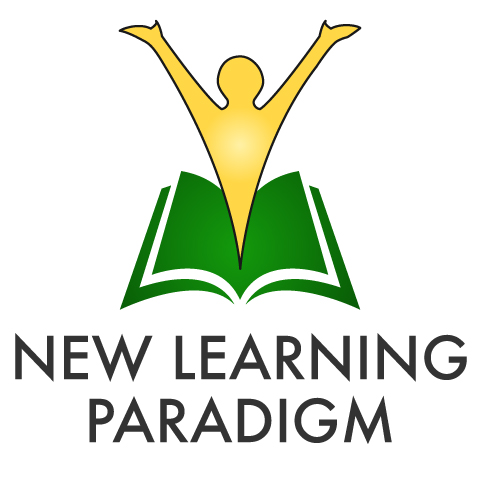
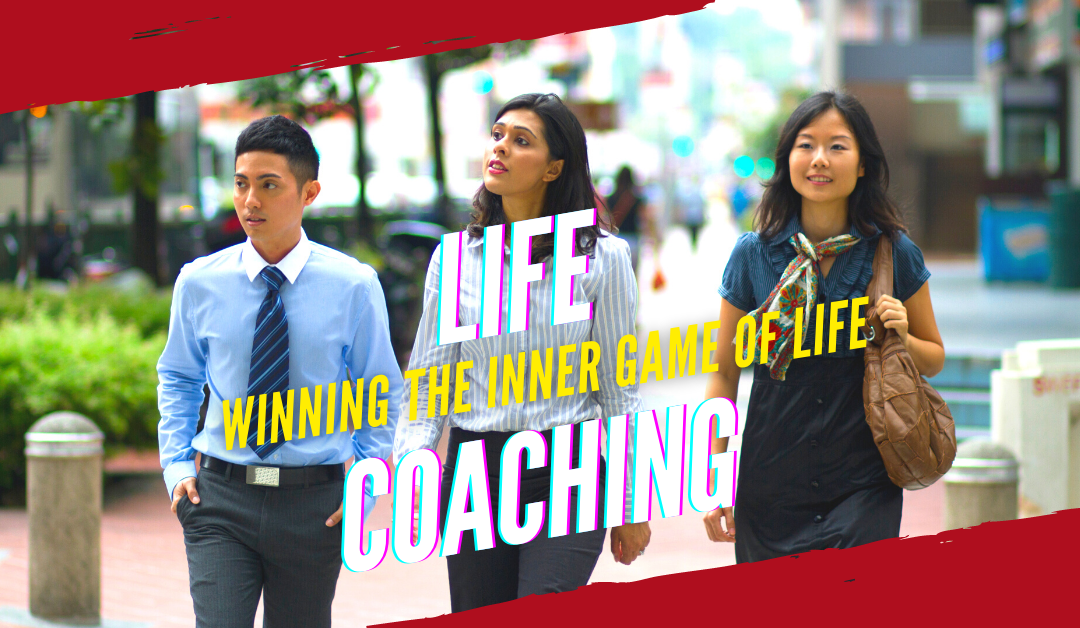
Trackbacks/Pingbacks